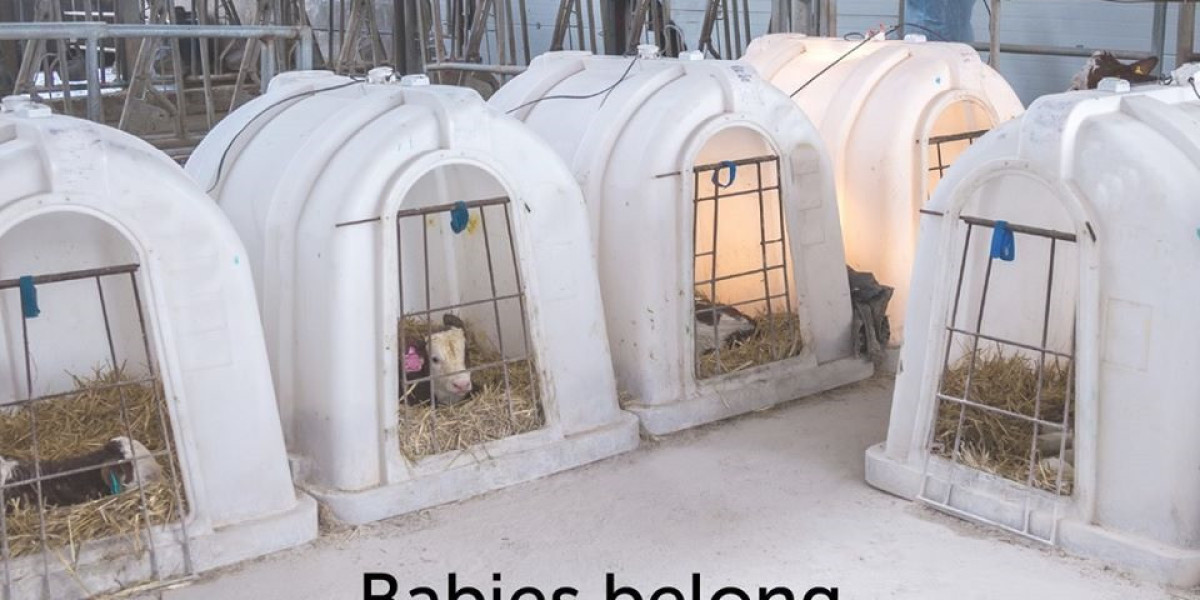Fish farming cruelty is an issue that often goes unnoticed in the broader discussion of animal welfare and food production. While aquaculture is touted as a solution to overfishing and declining wild fish populations, the reality for many farmed fish is one of suffering and neglect. This article aims to shine a light on the harsh conditions and inhumane practices prevalent in the fish farming industry.
The term fish farming cruelty encompasses a range of practices that inflict harm on fish raised in captivity. One of the most widespread forms of cruelty in aquaculture is the overcrowded and unsanitary conditions in which fish are typically kept. Dense stocking densities in aquaculture facilities can lead to stress, disease outbreaks, and increased aggression among fish. These conditions are exacerbated by the lack of environmental enrichment, which deprives fish of opportunities for natural behaviors such as swimming and foraging.
Furthermore, the methods used to capture wild fish for aquaculture often involve fish farming cruelty. Many wild-caught fish are captured using destructive methods such as bottom trawling, which not only decimates marine ecosystems but also causes immense suffering to non-target species caught in the nets. Additionally, the practice of capturing wild fish to be used as feed for farmed fish further perpetuates the cycle of cruelty and environmental degradation.
The handling and transport of fish in aquaculture also contribute to fish farming cruelty. Fish are often subjected to rough handling during transfer between tanks or during grading and sorting processes. The transportation of fish from hatcheries to grow-out facilities can involve long journeys in crowded and stressful conditions, leading to injuries and increased mortality rates. Improper handling and transport practices can result in physical injuries, stress-induced illnesses, and even death for many fish.
The methods used to harvest fish in aquaculture facilities can also be cruel and inhumane. Many fish are slaughtered using methods such as asphyxiation or stunning followed by bleeding, which can cause immense suffering if not performed correctly. Improper stunning techniques can result in fish being fully conscious during slaughter, leading to prolonged agony and distress.
Despite these widespread issues, there is growing awareness and concern about fish farming cruelty. Animal welfare organizations and environmental groups are working to expose the realities of aquaculture and advocate for better treatment of farmed fish. Through undercover investigations, campaigns, and policy initiatives, these organizations are striving to improve welfare standards and promote more sustainable practices in the fish farming industry.
Consumers also have a role to play in addressing fish farming cruelty. By choosing seafood products that are certified as sustainable and ethically sourced, consumers can support producers who prioritise animal welfare and environmental stewardship. Additionally, reducing overall consumption of farmed fish and opting for plant-based alternatives can help decrease the demand for aquaculture products and alleviate the suffering of fish raised in captivity.
In conclusion, fish farming cruelty is a pressing ethical and environmental issue that demands immediate attention and action. By raising awareness, advocating for better practices, and making informed consumer choices, we can work towards a more humane and sustainable future for aquaculture. Through collaboration and collective effort, it is possible to mitigate the suffering of farmed fish and ensure their welfare is respected and protected.


